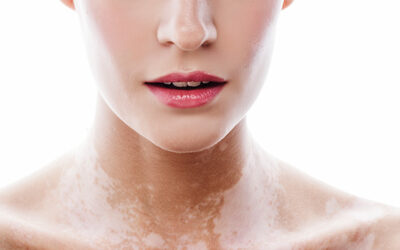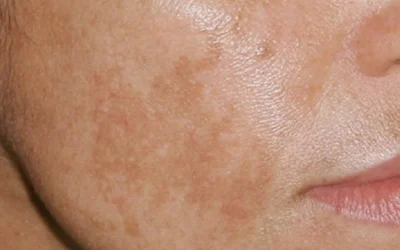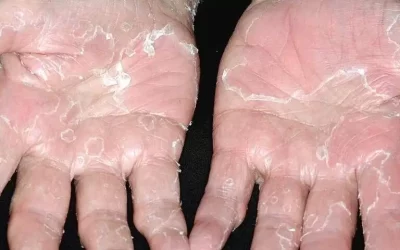Pityriasis rosea
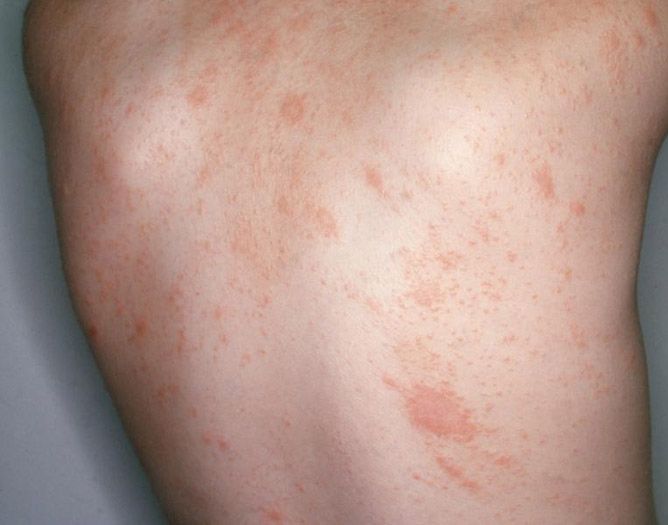
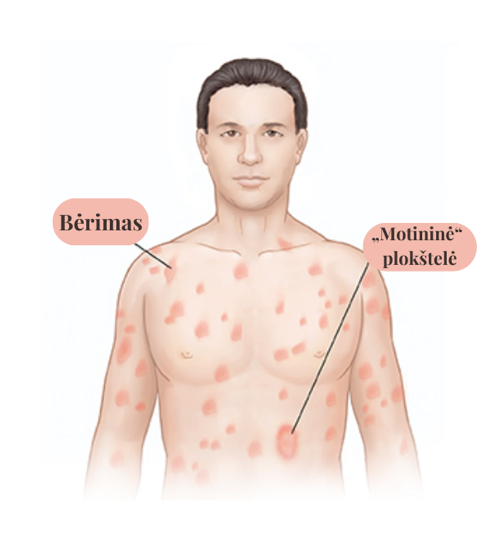
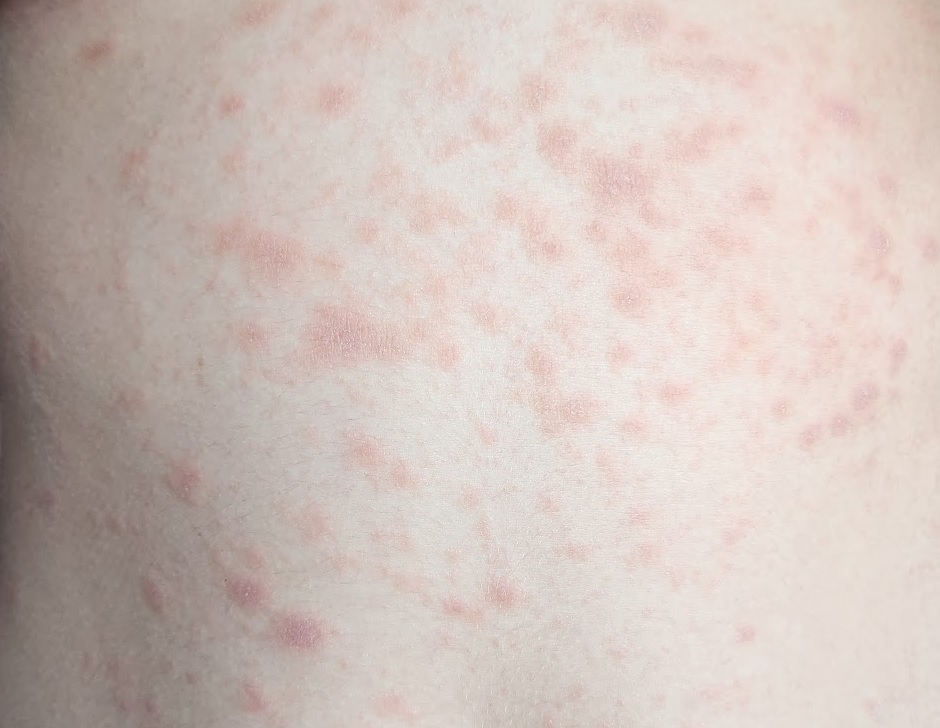
- Viral respiratory tract infections
- Reactivation of human herpesvirus type 7 (HHV-7)
- Weakened immune system
- Quite often the cause remains unknown
Clinical symptoms
- In 50-90 percent of cases, the disease begins with a “maternal” plate/spot, which is also called a medallion in the literature. A “mother” plaque is oval or round, pink or slightly orange in color (salmon pink), usually scaly, 2-5 cm in diameter, usually localized in the chest, neck or back.
- Centrifugal flaking soon appears, disappearing from the center to the periphery. White, thin scales resembling cigarette paper are characteristic.
- After a few days and sometimes weeks, multiple small erythematous plaques appear, which are usually arranged along the skin lines (“Christmas tree” arrangement along Blaschko’s lines).
- The face in adults usually remains intact.
- Accompanying symptoms: itching, which is mild at first, but can be very strong.
- People with dry skin or atopic dermatitis are more often and more severely affected.
- In children, this disease manifests itself in atypical localizations: in the area of the hairy part of the head and on the face; less often – on the face and lower limbs or in the armpits and groin areas.
Diagnostics
Diagnosis is based on history and clinical presentation. In rare cases, when the rash is not completely typical, it is necessary to investigate for other skin diseases. Sometimes the “native” plaque can resemble the rash of a fungal skin infection. In such cases, a microscopic examination of the skin for the fungus is performed.
Blood tests for this disease are not routinely performed.
Treatment
- Typically, the rash resolves naturally within 4-8 weeks.
- It’s advised to practice gentle skin care, apply moisturizers 2-3 times a day, and avoid irritants.
- For significant itching, topical treatments and creams with soothing properties may be recommended.
- To minimize aggravation from itching, it’s suggested to avoid hot showers, excessive sweating, abrasive skin products, and soap.
- Light-based therapy procedures.
- In more severe instances where the condition progresses, oral medications or systemic treatments targeting viral causes might be used.

Vitiligo – Why Do White Patches Appear on the Skin and How to Treat Them?
Vitiligo is a non-contagious skin condition characterized by white patches due to the loss of pigment. While it does not pose a direct threat to physical health, it can have a significant psychological impact. Learn what causes vitiligo, its symptoms, how it is diagnosed, and which treatment methods are currently available.
Hyperpigmentation: Causes, Types, and Modern Treatment Options
Hyperpigmentation is a common skin condition characterized by dark spots that appear due to sun exposure, hormonal changes, or skin damage. In this article, you will learn about the main types and causes of hyperpigmentation, as well as how to effectively treat it using modern dermatological methods and preventive care.
Peeling skin syndrome
Peeling skin syndrome is a genetic disorder characterized by constant peeling of the skin. The disease appears from birth or in the first year of life
lasts a lifetime

